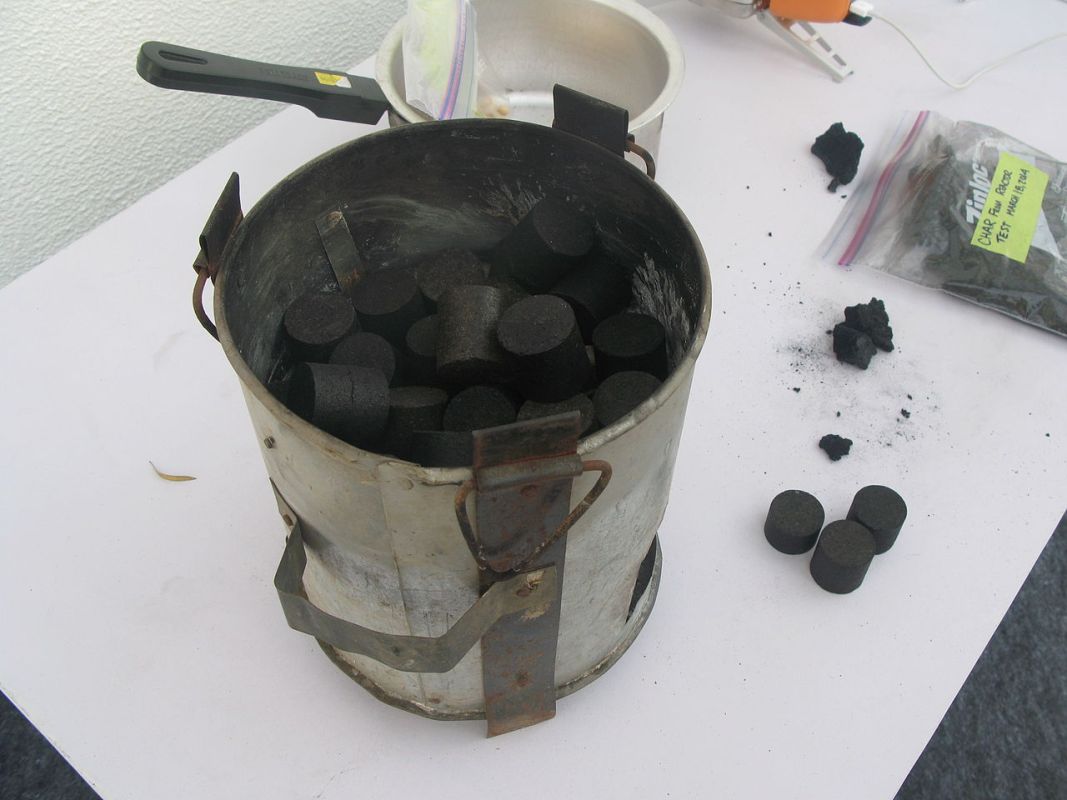Biochar doesn’t look like much up close. As its name suggests, it looks mostly like charcoal: something made from organic material that’s now been burned almost beyond recognition. But looks can be deceiving. As Jessica Murray writes at The Guardian, biochar offers a host of promising benefits to the environment, from reducing carbon dioxide and methane to helping plants grow more efficiently.
Based on the impact it’s made so far, biochar has developed a growing group of adherents worldwide.
Murray describes biochar as “a form of charcoal produced when organic matter – for example wood, leaves or dead plants – is heated at high temperatures with little or no oxygen in a process called pyrolysis.” The benefit of this process? It keeps carbon and methane in the ground, rather than in the atmosphere.
Stockholm has been one of the leading cities in terms of its use of biochar. In 2017, its first biochar plant opened, and the response has been enthusiastic. Bloomberg Philanthropies called attention to Stockholm’s work in this area in 2014, and has continued to track its progress, with one particularly interesting data point: ”The city has already received nearly 100 requests from cities and organizations that are interested in replicating the program.”
The Biochar for Sustainable Soils project is also working with biochar in six countries across the globe. And Minneapolis’s city government drew inspiration from Stockholm in taking steps to do more with biochar in its region.
Murray notes in her article that research on the impact of biochar remains ongoing, and there are still questions that remain about some of its effects. But as of now, its future is promising.
Subscribe here for our free daily newsletter.
Thanks for reading InsideHook. Sign up for our daily newsletter and be in the know.


















